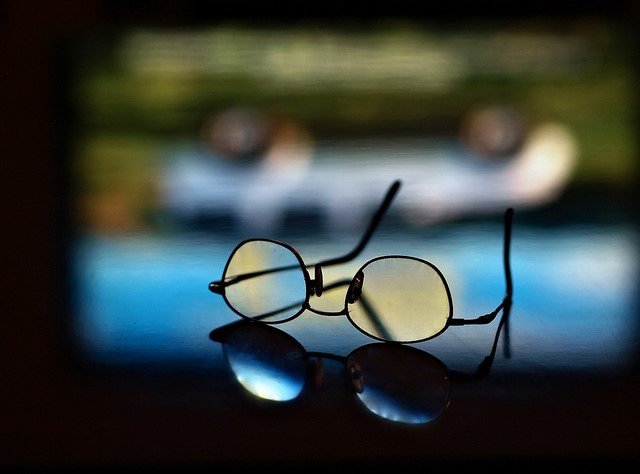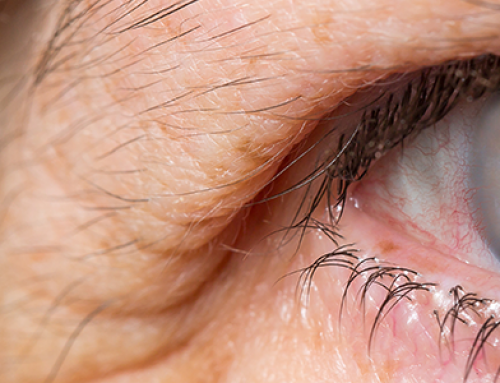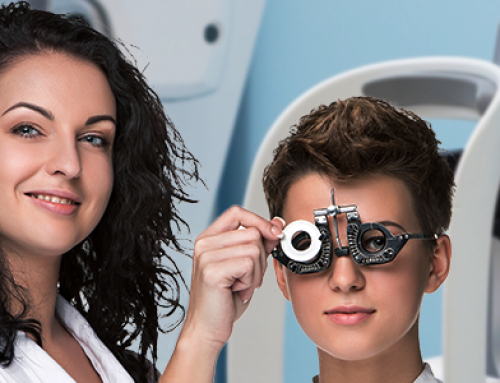For comfortable and clear vision, all doctors suggest timely eye examinations. This is also an important health-check up that enables the optometrist to comprehensively check your eyes and determine abnormalities or medical conditions, if any.
However, there are different ways that you can pursue an eye test, and we will give you a typical example of each so that you can determine the one best suited for you. The following steps are your guiding light when it comes to getting your eyes examined for a proper prescription.
Visiting your Optician
Your optical assistant will ensure the confidentiality of all your records, as well as testifies that they are accurate and updated. If you make regular use of contact lenses, you will need to remove the lenses from your eyes fro the test, even if the lenses are transparent.
Non-contact Tonometers
A Tonometer is a device that does not come in contact with the eyes, but the procedure can help determine the air pressure inside each eye. It can detect sight-threatening conditions, as well as the onset of glaucoma. The optical assistant will blow a soft puff of air in each eye, which will bounce back and then hit the instrument. The device will then be able to detect the air pressure and determine any problems you may have.
Autorefractors
This is a device that can take an electronic measurement of how your iris focuses and then gives out a clear reading of the accurate prescription that the optometrist should use. This is a rather simple device but allows accurate readings of your eyesight very effective.
Your Health & Lifestyle
The optometrist will always ask about your diet, the amount of exercise you get or how you lead your life. This is very important information for the optometrist and it helps them easily assess your requirements, especially if an eye problem is the main reason behind your visit.
Retinoscopy
Your optometrist may make use of an instrument known as the Retinoscopy, which works by reflecting a light beam off the backside of your eyeball, and then back into the Retinoscopy. Different strengths of lenses are used till your sight focuses completely, and a close guide to your prescription is obtained. This instrument is almost always very accurate and can be used easily on children, as well as adults. This device can also help optometrists easily communicate with patients who face difficulties with communicating their problems since they will only have to give a response once their vision becomes clear.
The Testing Chart
This is where the prescription is fine-tuned, and the optometrist will ask you to read a test chart through different kinds of lenses with different strengths. Both your eyes will never have the same sight number, so each eye will be tested here to determine the exact prescription you need.
Knowing What You Need
Before anything else, you will have to find out what the biggest problem with your eyesight is and how you want it fixed. Any optometrist will openly discuss his findings with you and explain what your condition is. This is a great opportunity for educating yourself and finding out more details about your eyesight. It depends on how much your prescription has changed, whether you will need entirely new prescription frames, or your old ones will suffice. What’s most important is that you consciously listen to what the optometrist is saying and use that information to find the perfect set of prescription frames for yourself.
Once you manage to get your eyes examined properly, search for high-quality eyewear providers like Marvel Optics and go through their extensive range of designs to find one you like.





